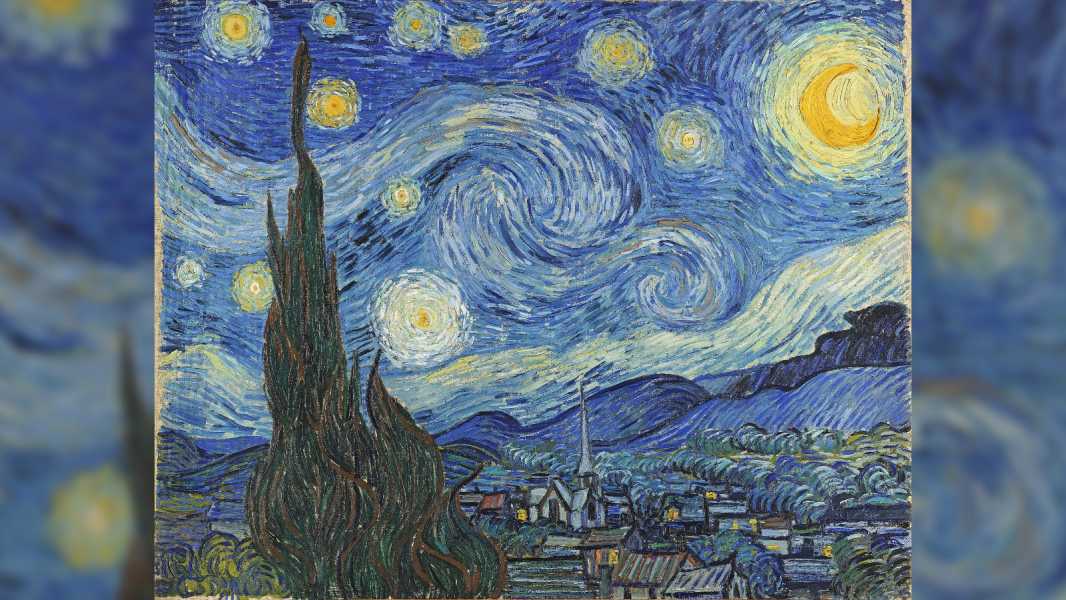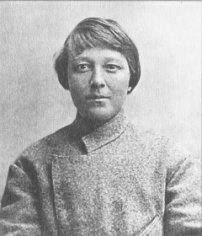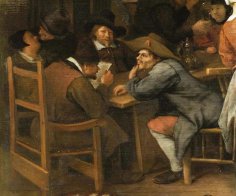
Van Gogh's “Starry Night” is one of the most famous paintings on the planet. (Photo credit: Andrew Chin/Getty Images)
New scientific research suggests there is more to Vincent van Gogh's iconic Starry Night than meets the eye. Its stormy, swirling sky shares many similarities with the invisible fluid dynamics that occur in our atmosphere, according to an analysis of the painting's brushstrokes and color scheme.
Van Gogh painted The Starry Night in June 1889 while in an asylum in the south of France, recovering from a mental breakdown that had led to the self-mutilation of his left ear some six months earlier. The oil-on-canvas masterpiece depicts the view of a swirling sky from the artist’s window, with an imaginary village added in the foreground, and is renowned for its detailed brushstrokes and vibrant hues.
The painting recently caught the attention of researchers in China, who noticed some similarities between its spiral shapes and patterns seen in fluid dynamics, the science of fluid and gas movement. This prompted them to study the work in more depth.
In a new study published Tuesday (September 17) in the journal Physics of Fluids, scientists analyzed the fine details of the smears and color patterns, and found that both aspects bear a strong resemblance to the “hidden turbulence” of gases in the atmosphere.
“This demonstrates a deep and intuitive understanding of natural phenomena,” said study co-author Yunxiang Huang, a fluid dynamics and oceanography specialist at Xiamen University in China. “Van Gogh’s precise depiction of turbulence may have been achieved through observations of clouds and the atmosphere, or an innate sense of how to capture the dynamics of the sky.”

Van Gogh painted “Starry Night” from the window of his room in an asylum in southern France. The village in the foreground is imaginary.
The researchers carefully analyzed 14 “vortices” in the painting’s sky. In general, these shapes followed patterns predicted by Kolmogorov’s law, a physical principle that describes how atmospheric gases move at different scales depending on their inertial energy. In the work, this inertial energy is represented by the intensity of the yellow hues, the researchers note.
When the scientists looked more closely at the swirls, they also noticed that the spacing between individual smears and their weights were consistent with Batchelor scaling, which describes how small swirls and droplets can be before they dissolve in turbulent fluid.
Sourse: www.livescience.com





